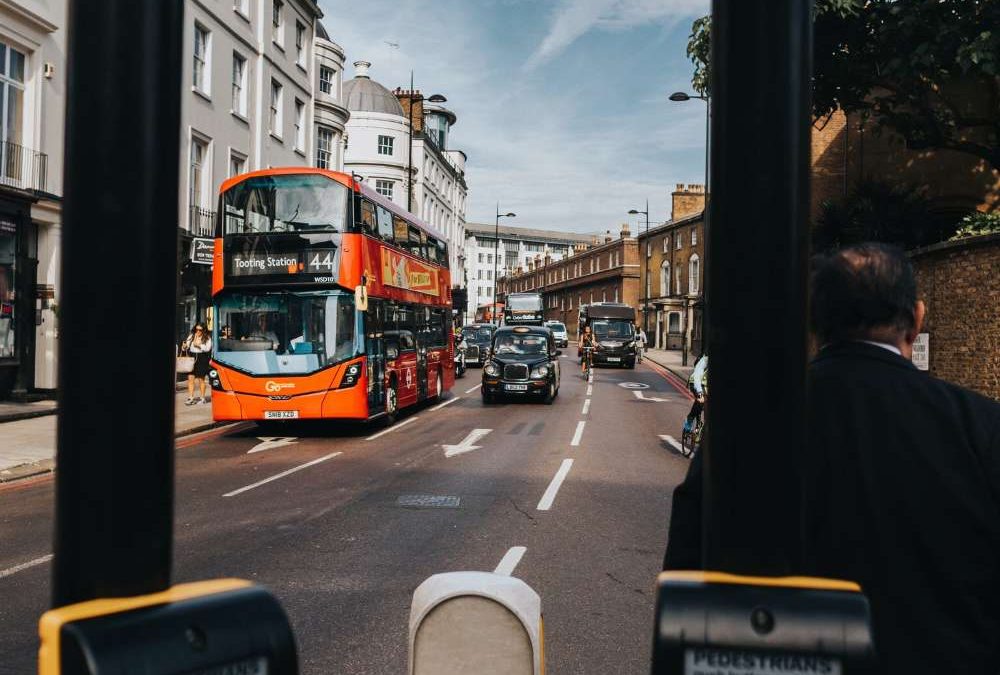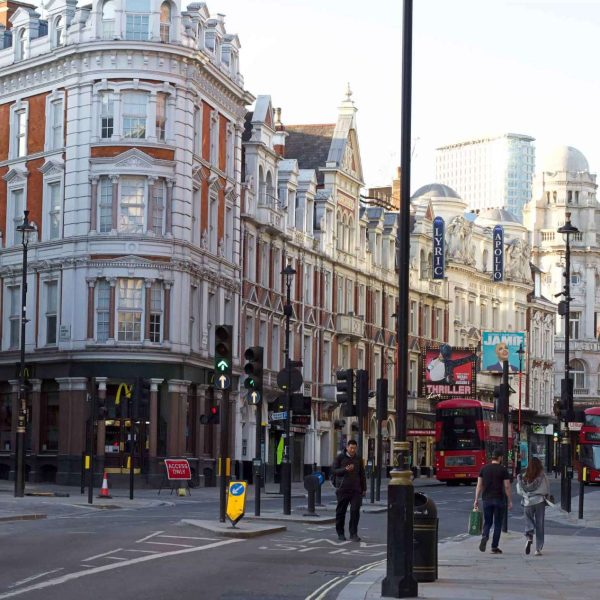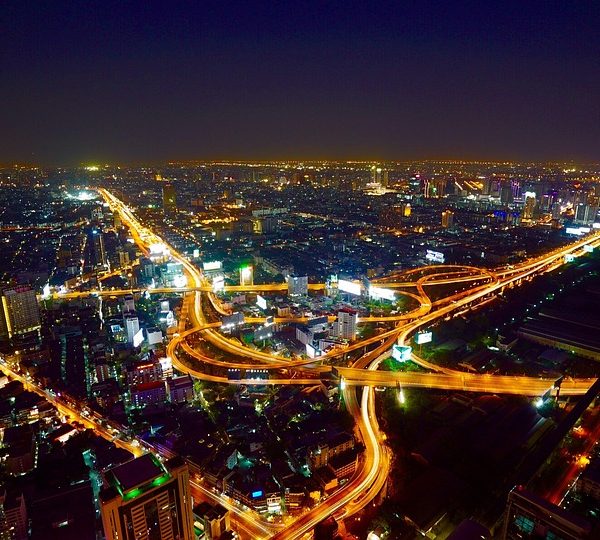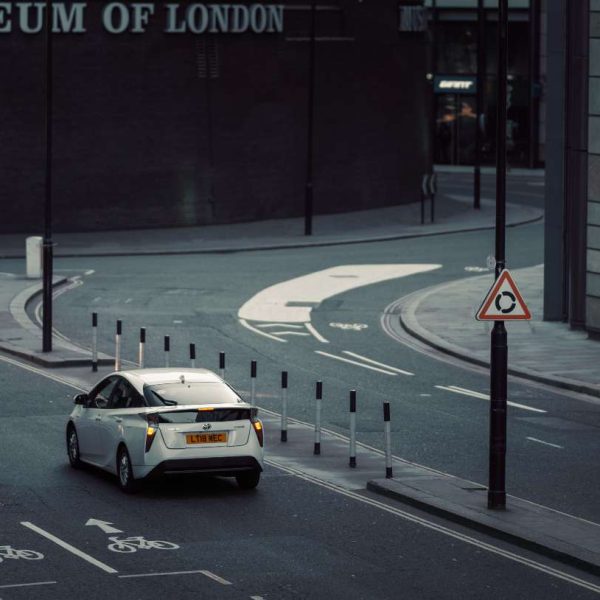City Streets Get a Makeover with Traffic Island Demarcation
City streets are bustling hubs of activity, with a constant flow of cars, buses, and pedestrians all sharing the same space. However, with strategic design approaches, city streets can be transformed into safe, efficient, and aesthetically pleasing environments that benefit everyone.
One effective solution is the implementation of traffic island demarcation, which involves the creation of physical barriers between lanes of traffic to enhance safety and alleviate congestion.
The process of traffic island demarcation is rather straightforward. It entails the construction of physical barriers, typically made of materials such as concrete, metal, or plastic, positioned in the center of the road. These barriers serve to separate lanes of traffic, providing drivers with clear visual cues and minimizing the risk of collisions. Furthermore, they also enable the establishment of dedicated pathways for cyclists and pedestrians, facilitating their navigation and safety on city streets.
The advantages of traffic island demarcation are extensive. Most notably, it contributes to the reduction of accidents occurring on city streets. By creating physical barriers between lanes, drivers are less inclined to veer into neighboring lanes or make abrupt turns. Consequently, the number of collisions diminishes, considerably improving overall road safety. In addition, traffic island demarcation plays a significant role in alleviating congestion. By allocating specific lanes for cyclists and pedestrians, drivers encounter fewer obstacles, resulting in smoother traffic flow and decreased levels of congestion.
Beyond its safety and congestion-related benefits, traffic island demarcation also has a positive impact on the aesthetics of city streets. The introduction of physical barriers fosters a sense of organization and attractiveness in urban spaces. By enhancing the visual appeal, cities become more inviting to both residents and tourists, thereby promoting tourism and stimulating economic growth.
Moreover, traffic island demarcation positively influences air quality within cities. The creation of dedicated lanes for cyclists and pedestrians reduces the number of vehicles on the road, leading to a decrease in air pollution. Additionally, by physically separating lanes of traffic, the emission of exhaust fumes is minimized, resulting in improved air quality for urban environments.
In summary, traffic island demarcation serves as a highly effective means to enhance safety, efficiency, and aesthetics on city streets. The implementation of physical barriers between lanes mitigates accidents and reduces congestion, resulting in improved road conditions. Furthermore, it adds an element of organization and attractiveness to the urban landscape, stimulating tourism and economic development. Finally, traffic island demarcation contributes to the improvement of air quality by reducing the number of vehicles and minimizing exhaust emissions. With these notable benefits, traffic island demarcation stands as a vital tool for cities seeking to revitalize their streets and create an optimal urban experience.
















